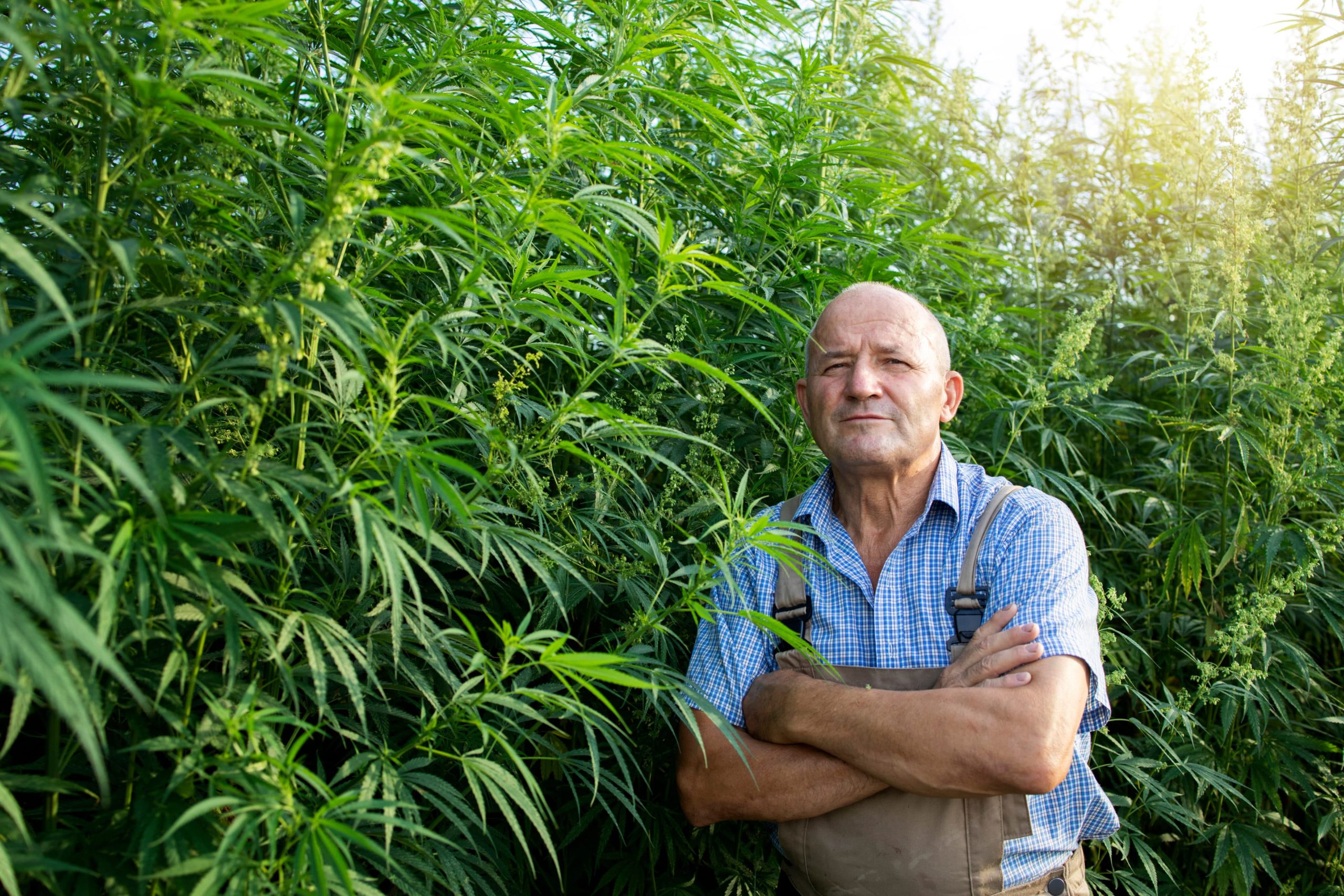
Sonoma County, California cuts taxes by almost half to save cannabis farmers
Cannabis growers in California will be hit with heavy taxes, but Sonoma County farmers will get some relief at the local level by nearly halving cultivation taxes.
The County of Sonoma Board of Supervisors announced in a March 17 press release that it recently agreed to amend the Cannabis Business Tax Ordinance to extend tax rates for cannabis cultivation in fiscal year 2021-2022 by June 30 to be reduced by 45% in 2023.
The reduced tax rates will be applied retrospectively – from July 1, 2021 – with the aim of alleviating financial hardship for local cannabis operators.
The projected loss of revenue from the tax cut will be offset by a current and projected revenue surplus from the county’s cannabis tax that exceeds the program’s operating costs. Taxes collected from 183 cannabis operators in fiscal 2020-2021 totaled $3,634,230 — compared to $2 million in estimated annual operating expenses.
On April 5, county officials plan to introduce an amended ordinance that reflects the temporary tax cut and an order extending the due dates from January 31 and April 30 to May 31 for paying the cultivation tax. The due date for all cannabis taxes was previously extended from January 31st to April 30th.
“We put people out of business with our policy, so this is the right thing to do,” said James Gore, District 4 Supervisor, Chair of the Board of Supervisors. “The reduced cultivation tax rates are necessary to reflect changes in the marketplace and the policy direction of our board. The excess revenue in our cannabis program will support operating costs for two years while we transition to a new tax model and policy framework. We are committed to fixing this issue for Sonoma County, and that means continuing to work with neighborhoods and industry leaders, learn from other counties, and find local solutions that are fair and safe for both communities and the environment are sustainable.”
The Press-Democrat reports that there are 171 farmers who fall under the county’s jurisdiction, and they are taxed at different rates per square foot for outdoor, indoor, and mixed-light crops.
Only 37% of participating California cannabis growers said they were profitable, according to a survey of 396 U.S. growers conducted by the National Cannabis Industry Association.
On Jan. 1, the California Department of Taxes and Fees Administration’s tax increase on dried flowers went into effect — ushering in the latest crackdown on growers. Prices rose nearly 5 percent, topping $161 a pound. It prompted industry leaders to rally at the State Capitol to save the industry. After releasing a state budget proposal for fiscal 2022-2023, Gov. Gavin Newsom acknowledged that regulatory changes are needed to sustain California’s legal cannabis industry while curbing the illicit market.
The changes come after public feedback bemoaning government tax burdens on the cannabis industry. The Board is committed to supporting state cannabis tax reform as well as Senate Bill 1074, which would eliminate the state cannabis cultivation tax and increase the state cannabis use tax. The board based its support for both efforts on the state’s ability to maintain state tax revenue funding for children’s programs.
Tax breaks were not the only item on the agenda. The board also approved a letter of intent to adopt a cannabis program framework based on 16 guiding principles to serve as a basis for preparing amendments to the master plan and environmental impact report required to update the cannabis land use ordinance and related regulations.
On June 8, the board directed employees to conduct a major update to the cannabis program based on community feedback. So far there have been eight public workshops, 12 small group information sessions and a nationwide survey to gather input.

Post a comment: